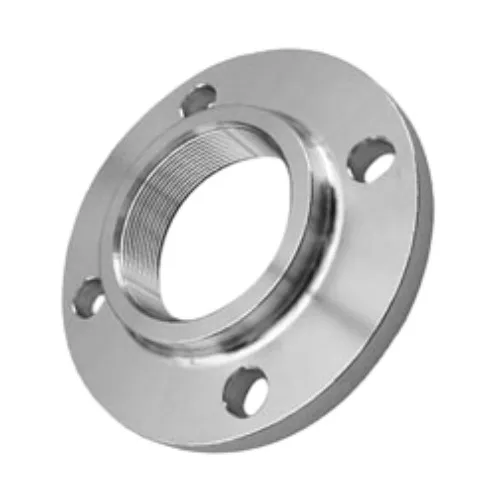-
Cangzhou Yulong Steel Co., Ltd.
-
Phone:
+86 13303177267 -
Email:
admin@ylsteelfittings.com
- English
- Arabic
- Italian
- Spanish
- Portuguese
- German
- kazakh
- Persian
- Greek
- French
- Russian
- Polish
- Thai
- Indonesian
- Vietnamese
- Zulu
- Korean
- Uzbek
- Hindi
- Serbian
- Malay
- Ukrainian
- Gujarati
- Haitian Creole
- hausa
- hawaiian
- Hebrew
- Miao
- Hungarian
- Icelandic
- igbo
- irish
- Japanese
- Javanese
- Kannada
- Khmer
- Rwandese
- Afrikaans
- Albanian
- Amharic
- Armenian
- Azerbaijani
- Basque
- Belarusian
- Bengali
- Bosnian
- Bulgarian
- Catalan
- Cebuano
- China
- China (Taiwan)
- Corsican
- Croatian
- Czech
- Danish
- Esperanto
- Estonian
- Finnish
- Frisian
- Galician
- Georgian
- Kurdish
- Kyrgyz
- Lao
- Latin
- Latvian
- Lithuanian
- Luxembourgish
- Macedonian
- Malgashi
- Malayalam
- Maltese
- Maori
- Marathi
- Mongolian
- Myanmar
- Nepali
- Norwegian
- Norwegian
- Occitan
- Pashto
- Dutch
- Punjabi
- Romanian
- Samoan
- Scottish Gaelic
- Sesotho
- Shona
- Sindhi
- Sinhala
- Slovak
- Slovenian
- Somali
- Sundanese
- Swahili
- Swedish
- Tagalog
- Tajik
- Tamil
- Tatar
- Telugu
- Turkish
- Turkmen
- Urdu
- Uighur
- Welsh
- Bantu
- Yiddish
- Yoruba

Dec . 04, 2024 12:36 Back to list
Join Two Pipes Using Welding Techniques for Strong Connections
Welding Two Pipes Together Techniques and Considerations
Welding is a critical process in various industries, particularly in construction, manufacturing, and plumbing. When it comes to joining two pipes together, proper welding techniques are essential for ensuring strength, durability, and leak resistance in the final product. This article will explore the different methods of welding pipes, the materials involved, and the important considerations to keep in mind during the welding process.
Types of Welding Techniques
1. Arc Welding This is one of the most common methods used for welding pipes. It involves using an electric arc to generate heat, melting the edges of the pipes and forming a strong bond. Subtypes of arc welding include Shielded Metal Arc Welding (SMAW), Gas Tungsten Arc Welding (GTAW), and Gas Metal Arc Welding (GMAW). Each technique has its own advantages and is suited for different types of materials and thicknesses.
2. TIG Welding Tungsten Inert Gas (TIG) welding is a specialized form of arc welding that employs a non-consumable tungsten electrode. It offers precision and control, making it ideal for thinner pipes and stainless steel materials. The use of an inert gas helps prevent contamination of the weld and results in a cleaner finish.
3. MIG Welding Metal Inert Gas (MIG) welding is another common method that utilizes a continuously fed wire electrode. It's quicker than TIG welding and is often used for thicker pipes and materials. MIG welding is less complicated and requires less skill compared to TIG, making it suitable for beginners.
4. Flux-Cored Arc Welding (FCAW) This method is similar to MIG welding but uses a hollow wire filled with flux. The flux generates shielding gas when heated, protecting the weld from contamination. This technique is effective for welding in outdoor environments since it can resist wind and other elements.
Material Considerations
weld two pipes together

The choice of material is critical when welding two pipes together. Common materials include steel, stainless steel, copper, and PVC. Each material has its own properties, which influence the choice of welding technique, filler materials, and overall approach. For instance, stainless steel requires a different approach compared to carbon steel due to its differing thermal and mechanical properties.
Preparing for Welding
Preparation is vital to ensuring a successful weld. The surfaces of the pipes must be clean and free from rust, grease, or paint to avoid contamination. Proper alignment of the pipes is also critical to achieve the correct fit-up, which can affect the quality of the weld. Additionally, some welding methods may necessitate preheating the pipes, especially when working with thicker materials or particular alloys.
Safety Considerations
Welding can be hazardous, so it's important to follow safety protocols. Welders should wear appropriate personal protective equipment (PPE), including helmets, gloves, and protective clothing. Furthermore, ensuring proper ventilation is crucial to avoid inhaling harmful fumes generated during the welding process.
Conclusion
Welding two pipes together is an essential skill in many fields, requiring knowledge of different techniques and materials. By understanding the various welding methods, preparing adequately, and prioritizing safety, welders can create strong, durable joints that stand the test of time. Whether it’s in construction, plumbing, or manufacturing, mastering the art of pipe welding is a valuable asset that opens up numerous opportunities in one's career.
Latest news
-
ANSI 150P SS304 SO FLANGE
NewsFeb.14,2025
-
ASTM A333GR6 STEEL PIPE
NewsJan.20,2025
-
ANSI B16.5 WELDING NECK FLANGE
NewsJan.15,2026
-
ANSI B16.5 SLIP-ON FLANGE
NewsApr.19,2024
-
SABS 1123 FLANGE
NewsJan.15,2025
-
DIN86044 PLATE FLANGE
NewsApr.19,2024
-
DIN2527 BLIND FLANGE
NewsApr.12,2024
-
JIS B2311 Butt-Welding Fittings LR/SR 45°/90° /180°Seamless/Weld
NewsApr.23,2024











